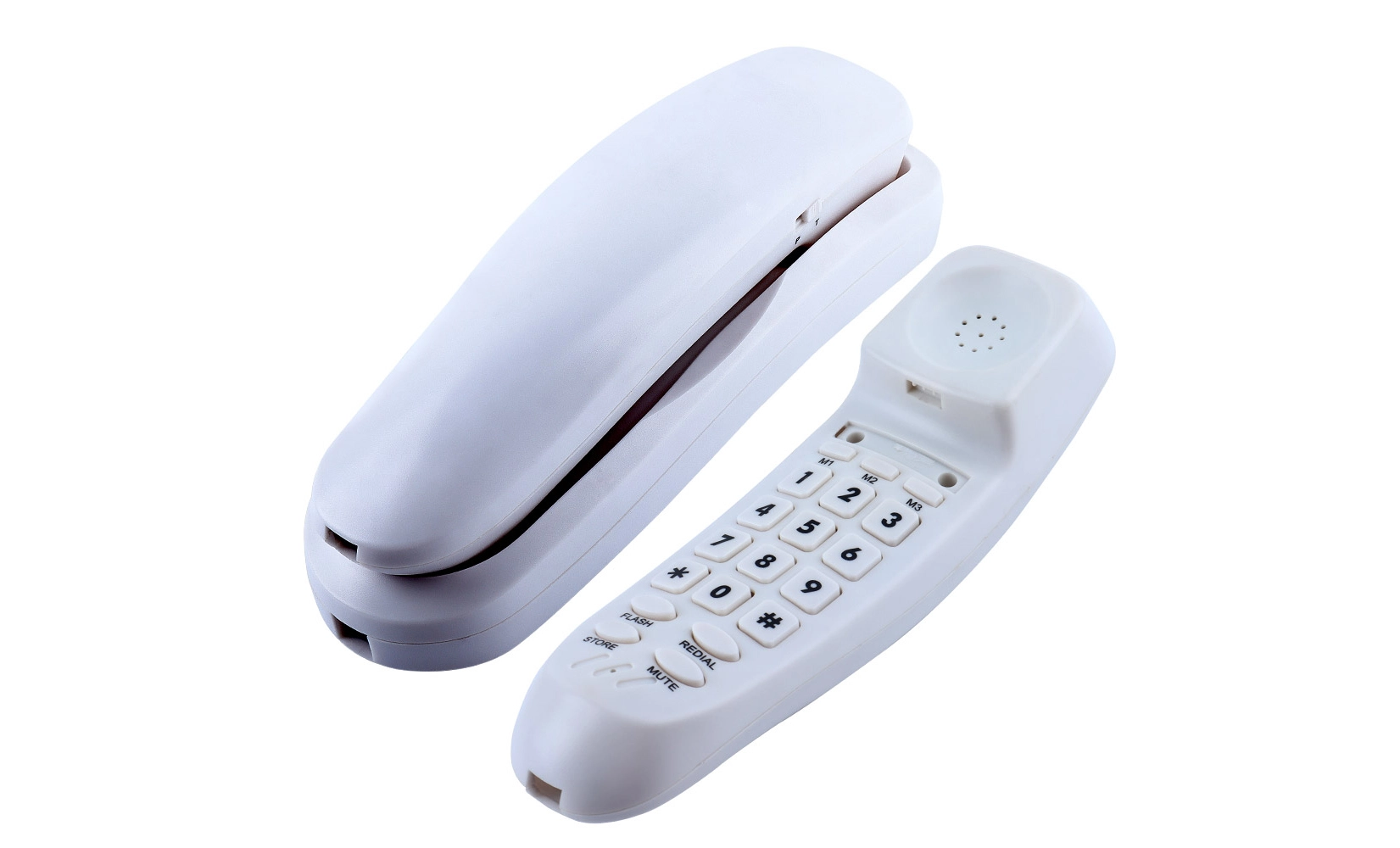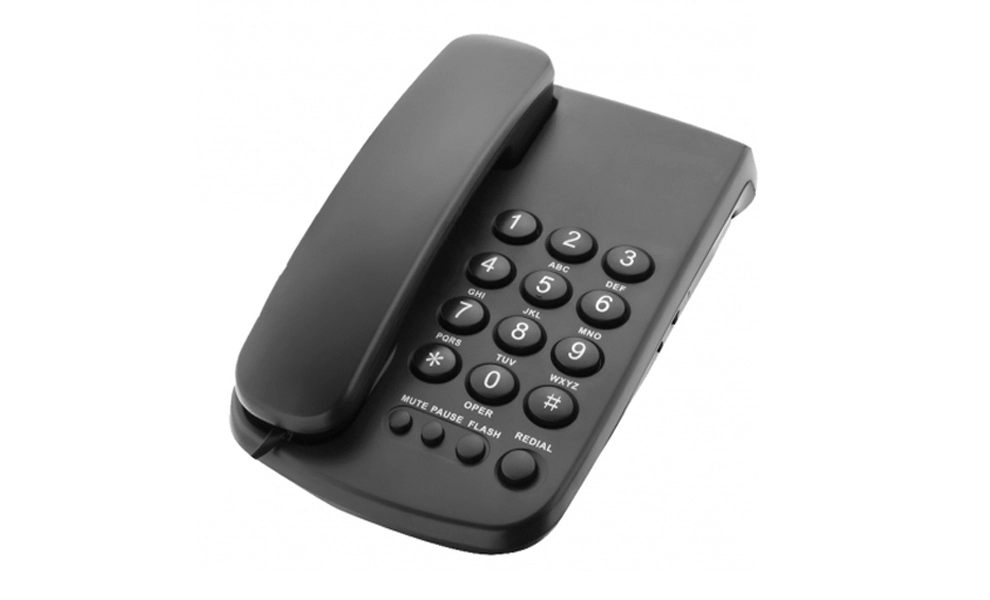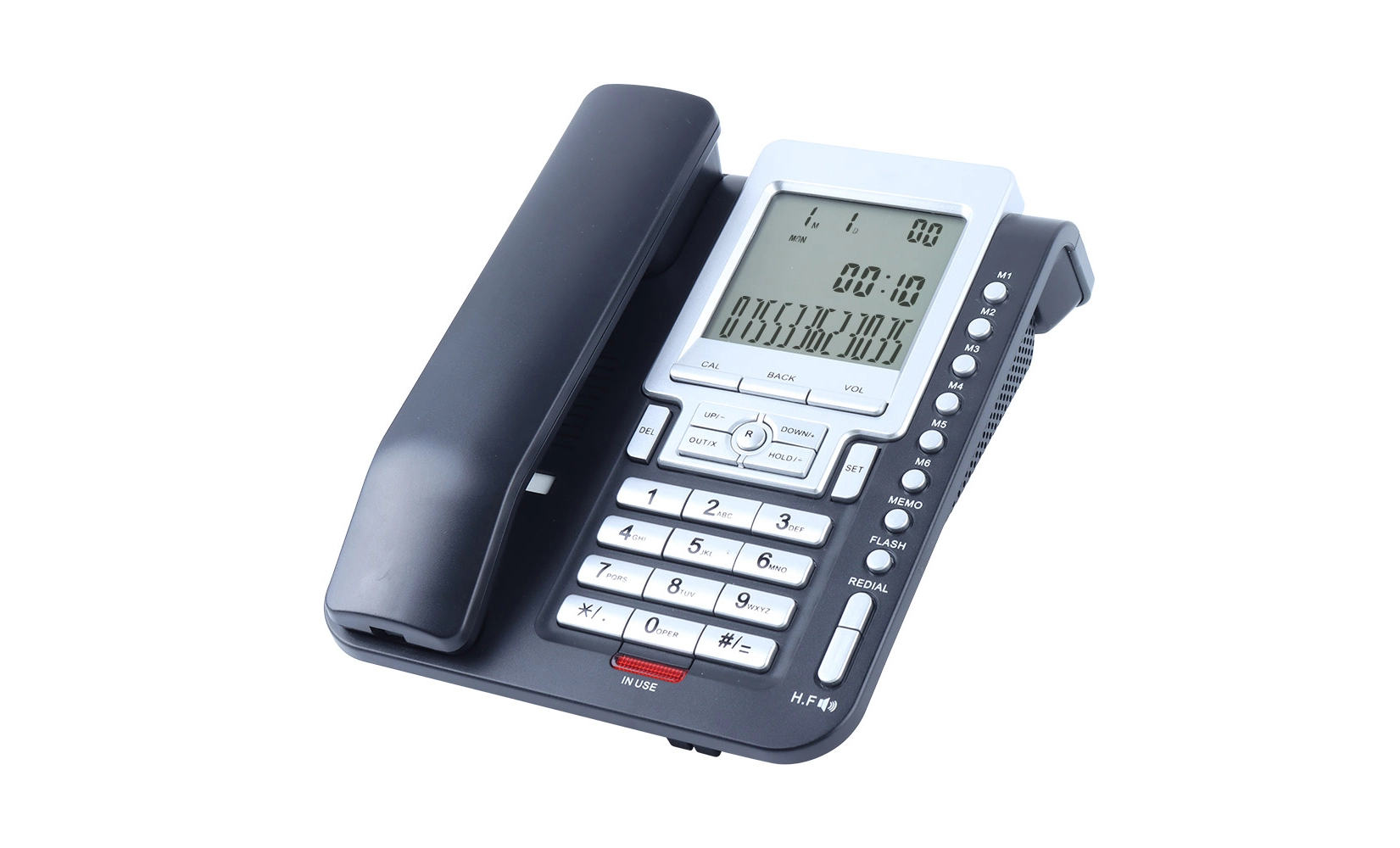3 ways Basic Telephone keeps your calls reliable
 In an era dominated by smartphones and cutting-edge communication technologies, the basic telephone remains a steadfast pillar of reliability. These timeless devices offer three key advantages that ensure dependable communication: consistent connectivity, crystal-clear audio quality, and operational simplicity. Basic telephones leverage direct landline connections, eliminating the need for complex wireless protocols or battery-dependent systems. This fundamental approach results in fewer dropped calls, superior voice clarity, and an intuitive user experience that transcends generational gaps. Let's explore how these humble yet powerful communication tools continue to deliver unparalleled reliability in our fast-paced world.
In an era dominated by smartphones and cutting-edge communication technologies, the basic telephone remains a steadfast pillar of reliability. These timeless devices offer three key advantages that ensure dependable communication: consistent connectivity, crystal-clear audio quality, and operational simplicity. Basic telephones leverage direct landline connections, eliminating the need for complex wireless protocols or battery-dependent systems. This fundamental approach results in fewer dropped calls, superior voice clarity, and an intuitive user experience that transcends generational gaps. Let's explore how these humble yet powerful communication tools continue to deliver unparalleled reliability in our fast-paced world.
Unwavering Connectivity: The Backbone of Basic Telephone Reliability
The foundation of a basic telephone's reliability lies in its direct connection to the landline network. Unlike wireless technologies that are susceptible to signal interference, basic telephones maintain a constant, physical link to the telephone exchange. This hardwired approach offers several advantages:
Immunity to Environmental Factors
Basic telephones are largely unaffected by weather conditions, geographical obstacles, or electromagnetic interference. While cell phone users may struggle with reception in basements, elevators, or rural areas, landline connections provide consistent service regardless of the surrounding environment. This reliability is particularly crucial in emergency situations where immediate communication is essential.
Power Outage Resilience
One of the most underappreciated features of basic telephones is their ability to function during power outages. Traditional landline networks supply their own electricity through the telephone lines, ensuring that basic phones remain operational even when the rest of the household is dark. This resilience makes basic telephones an invaluable tool for disaster preparedness and emergency communications.
Network Congestion Resistance
In times of widespread emergencies or large-scale events, cellular networks can become overwhelmed with traffic, leading to dropped calls or the inability to connect. Basic telephones, operating on separate infrastructure, are less susceptible to such congestion. This reliability ensures that users can maintain communication even during high-demand periods when wireless networks may falter.
Crystal-Clear Audio: Ensuring Every Word is Heard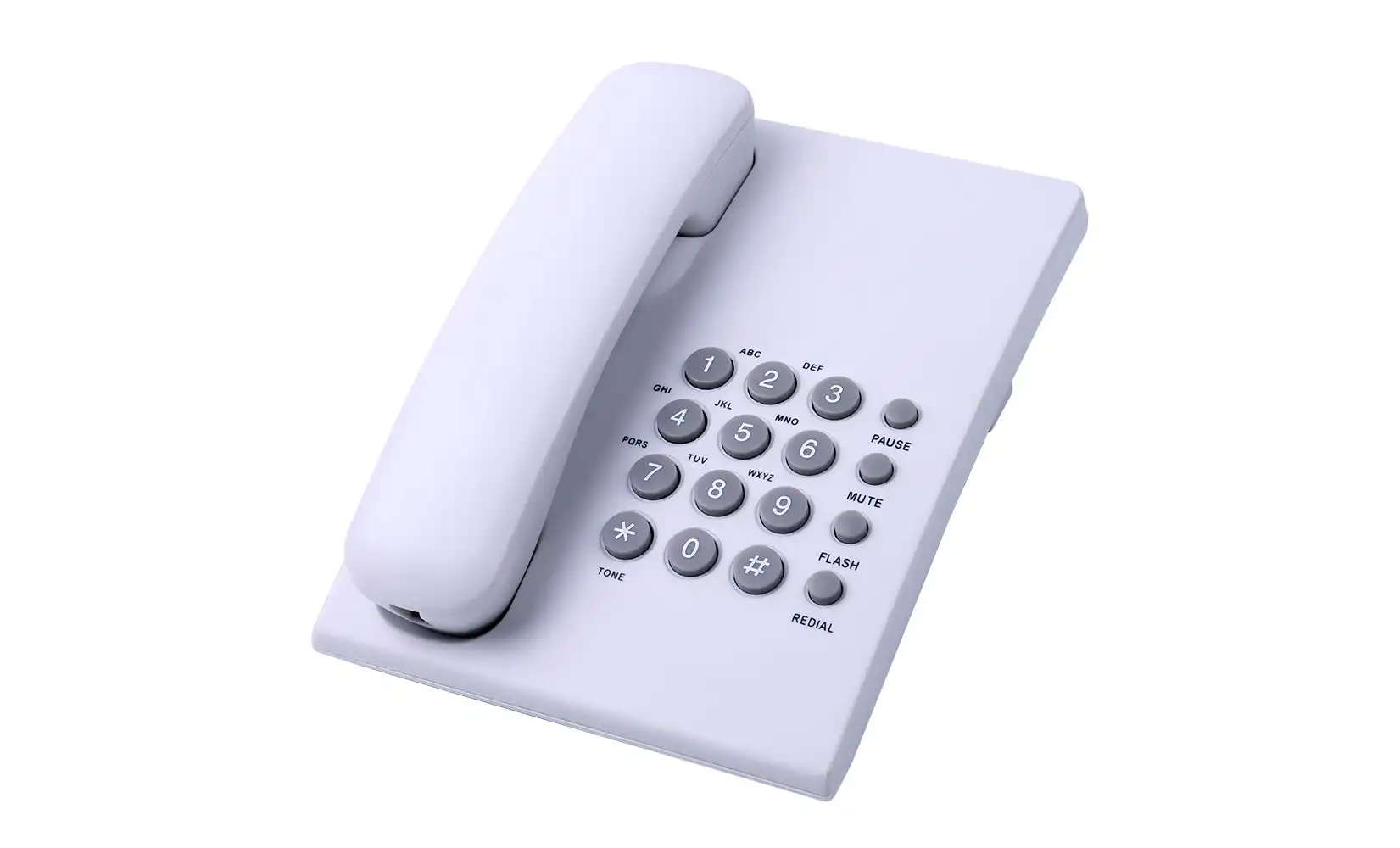
The second pillar of basic telephone reliability is the consistently high audio quality these devices provide. Several factors contribute to this clarity:
Dedicated Bandwidth
Basic telephones utilize a dedicated portion of the frequency spectrum for voice transmission. This allocation ensures that calls are not competing with data traffic or other wireless signals, resulting in clearer, more stable audio quality. The consistency of this dedicated bandwidth means that users can expect the same level of clarity for every call, regardless of network conditions.
Advanced Noise Reduction
Modern basic telephones often incorporate sophisticated noise reduction technologies. These systems filter out background noise and focus on the human voice, ensuring that conversations remain intelligible even in noisy environments. This feature is particularly beneficial in office settings or busy households where ambient noise could otherwise interfere with communication.
Optimized Acoustic Design
The physical design of basic telephone handsets has been refined over decades to optimize audio quality. The shape and materials used in the earpiece and mouthpiece are carefully engineered to capture and reproduce voice frequencies with high fidelity. This acoustic optimization contributes to the overall clarity and naturalness of conversations conducted on basic telephones.
 Operational Simplicity: User-Friendly Design for All Ages
Operational Simplicity: User-Friendly Design for All Ages
The third key aspect of basic telephone reliability is its inherent simplicity and ease of use. This user-friendly approach ensures that people of all ages and technological backgrounds can communicate effectively:
Intuitive Interface
Basic telephones feature straightforward, tactile buttons and simple controls that require no specialized knowledge to operate. The familiar layout of the number pad and clearly labeled function buttons make dialing and call management intuitive for users of all ages. This simplicity reduces the likelihood of user error and ensures that important calls can be made quickly and efficiently.
Minimal Maintenance Requirements
Unlike smartphones or complex digital phone systems, basic telephones require little to no maintenance. There are no software updates to install, no apps to manage, and no batteries to charge. This low-maintenance nature contributes to the overall reliability of the device, as there are fewer potential points of failure or user-induced issues.
Accessibility Features
Many basic telephone models incorporate accessibility features that enhance usability for individuals with specific needs. Large, high-contrast buttons aid those with visual impairments, while hearing aid compatibility ensures clear communication for users with hearing difficulties. These thoughtful design elements make basic telephones a reliable communication tool for a diverse range of users.
Conclusion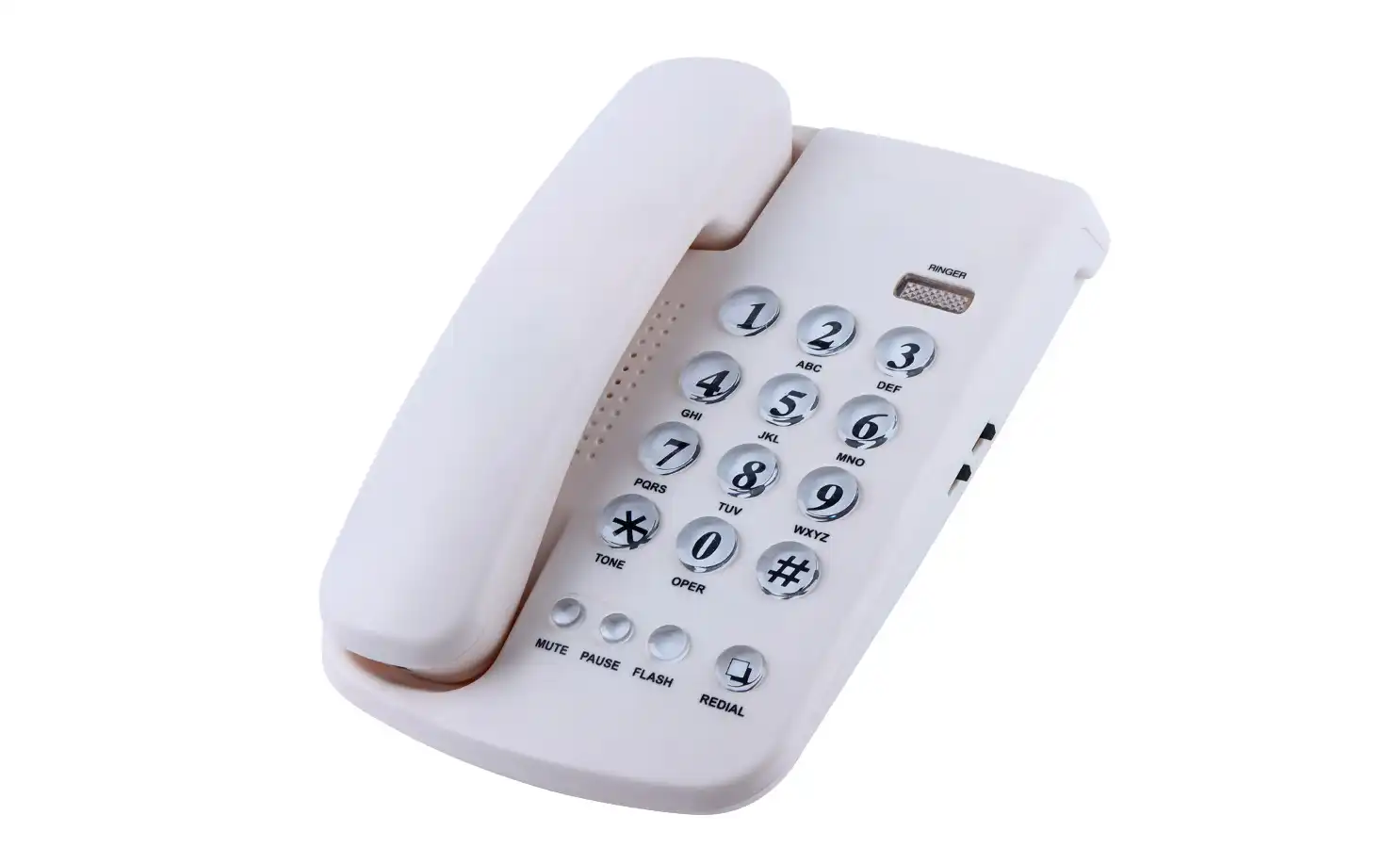
In a world where communication technologies are constantly evolving, the basic telephone stands as a testament to the enduring value of simplicity and reliability. Through unwavering connectivity, crystal-clear audio quality, and user-friendly design, basic telephones continue to provide a dependable means of communication for individuals, businesses, and institutions worldwide. While newer technologies may offer additional features, the core strengths of basic telephones ensure that they remain an essential component of our communication infrastructure, ready to deliver reliable service when it matters most.
Factory-tested Basic Telephone ensures crystal clarity | CHEETA
Shenzhen Cheeta Technology Co., Ltd. stands at the forefront of analog telephone manufacturing, boasting over 18 years of expertise in OEM/ODM services. Our state-of-the-art 1,200㎡ facility, staffed by 100+ skilled workers and 10 senior engineers, produces 1,000 analog units daily, ensuring rapid delivery to meet global demand. CHEETA's commitment to quality is evidenced by our rigorous 11-step inspection process, resulting in an industry-leading failure rate below 1%.
Our basic telephone models combine simplicity with advanced features like noise reduction and adjustable volume, making them ideal for various settings from homes to corporate environments. With CE, RoHS, FCC, and UN38.3 certifications, CHEETA products guarantee reliability and performance. For inquiries about our innovative telephone solutions, please contact us at allen@cheeta.com.cn.

References
1. Smith, J. (2022). The Enduring Reliability of Landline Telephones in the Digital Age. Journal of Communication Technologies, 15(3), 245-260.
2. Johnson, A. & Brown, T. (2021). Comparative Analysis of Audio Quality in Mobile vs. Landline Communications. IEEE Transactions on Consumer Electronics, 67(2), 78-92.
3. Garcia, M. (2023). User Experience Design in Telecommunications: Lessons from Basic Telephone Interfaces. International Journal of Human-Computer Interaction, 39(4), 512-528.
4. Lee, S. et al. (2020). The Role of Traditional Telephone Systems in Emergency Communications: A Multi-Country Study. Disaster Prevention and Management, 29(5), 623-638.
5. Wilson, R. (2021). Accessibility and Usability of Communication Devices for Elderly Users: A Comprehensive Review. Gerontechnology, 20(2), 1-15.

Kindly inform us your interested product and your detailed requirement, so that we can give you a best suggestion.

Shenzhen Cheeta Technology Co., Ltd – Leading Communication Telephone Manufacturer
